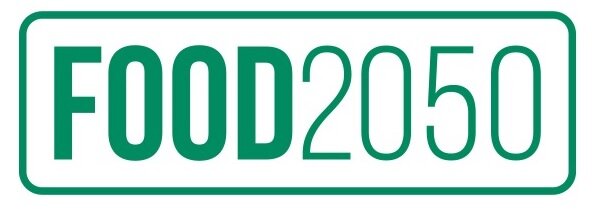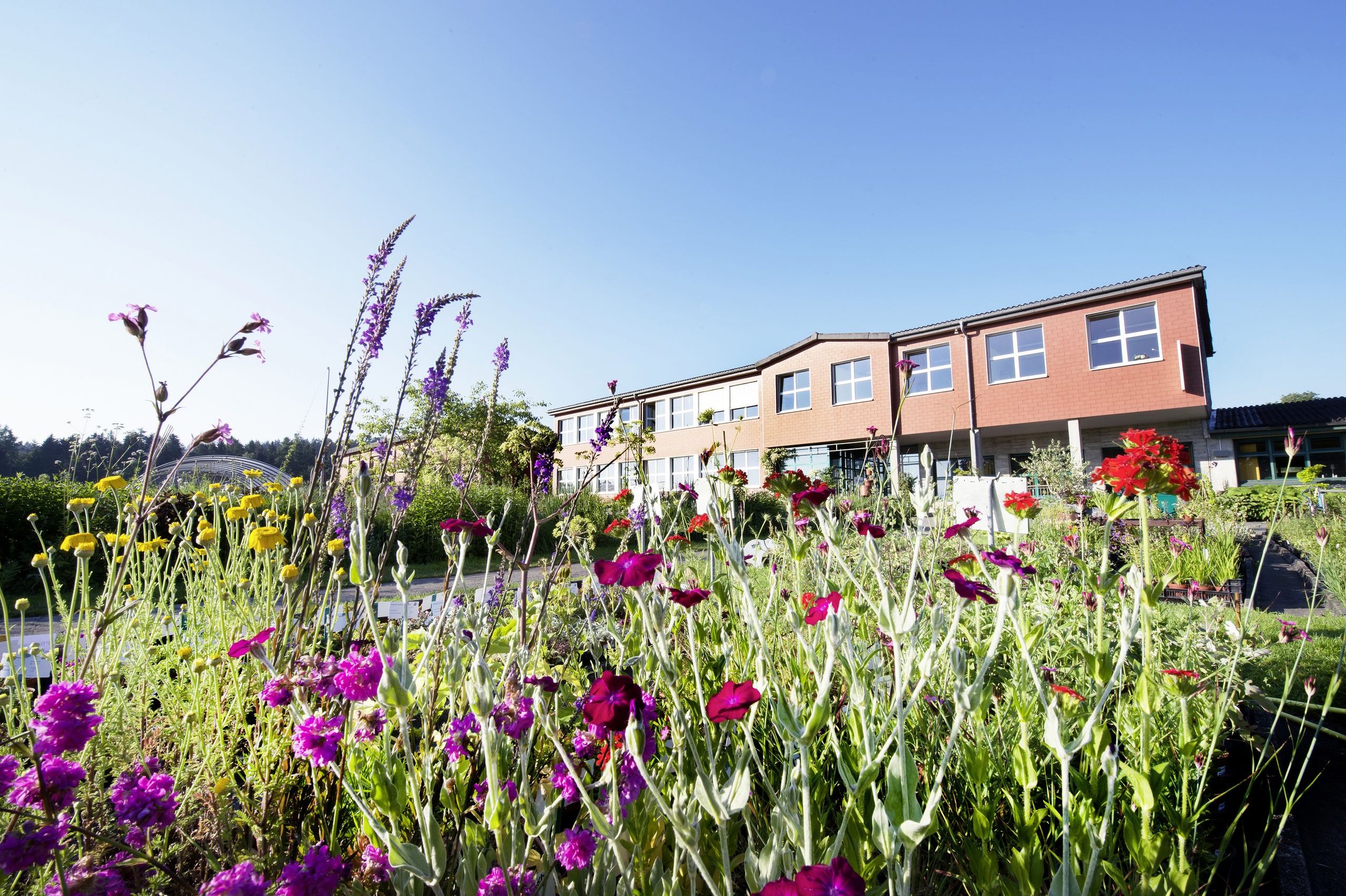"How we eat is critical to our environmental footprint – packaging is secondary."
The entire FOOD2050 offering is tagged with Eco-Points. Thus, it is possible to calculate and analyze how consumption behavior becomes more sustainable with every bite. But what is the method behind it? In an interview, environmental scientist Matthias Stucki provides insight into how the assessment works, where inaccuracies are to be expected, and where he sees the biggest myth in sustainability.
Mr. Stucki, together with the ZHAW, you are a scientific partner of FOOD2050 and have developed the evaluation system that is used to calculate the environmental impact of food. How does it work?
To assess the environmental sustainability of the products in the FOOD2050 range, they are evaluated using the life cycle assessment (LCA) methodology. For each ingredient, the resource consumption and environmental impact is calculated and documented over the entire life cycle. For example, the life cycle can start with agricultural production, where fertilizers or pesticides are used. It continues being processed while in production, where energy is consumed, among other things, and finishes with the transport to the point of sale. The resulting emissions and consumed resources can be comprehensively taken into account with the method of ecological scarcity and ultimately result in EcoPoints (EP).
Environmental scientist Matthias Stucki heads the Renewable Energies and Ecotechnologies research area at the ZHAW.
That still sounds manageable. How can I imagine the registration process of a new product?
It is more complicated and elaborate than you might think. In order for LCA data to be generated for each ingredient from the FOOD2050 recipes, a lot of information from the supply chain is needed. It is a process that takes days to weeks. We have to research the new recipe data as well as communicate with the manufacturers, send them questionnaires and ask queries if necessary.
And does everyone go along with that?
Most manufacturers do. But it also happens that some ingredients are part of a trade secret, and then there is no interest in disclosing the exact recipes.
What other challenges do you have to contend with during the survey?
You basically need a lot of data. In some cases, the manufacturers don't know all the necessary information themselves. We sometimes have to fall back on average figures or make assumptions if, for example, the exact transport route is unknown.
Doesn't that lead to inaccuracies?
Well, yes. Inaccuracies can also occur because most food is produced on farms and the production process is not yet standardized. In the end, carrots from different farms are mixed together in the market. Depending on the seasons, the LCA results can also vary. Tomatoes in January have a different LCA than in July. In January, the greenhouse is heated; in July, the tomatoes grow outdoors. Such uncertainties are to be considered in the results and therefore the LCAs are not accurate to the decimal point. Nevertheless, the orders of magnitude and statements that can be derived from them are robust. De facto: A carrot has a much lower environmental impact than the same amount of beef.
I see... How big is this database by now?
In the ZHAW Menu Sustainability Index (MNI) database, around 1000 ingredients are linked with information on environmental impact. For some products, such as spices, there are also only simplified calculations. However, since these are usually only used in small quantities in recipes, this does not play a major role in the final result. The important thing is that the main ingredients are mapped as accurately as possible.
Why exactly is your method credible?
The life cycle assessment methodology meets scientific requirements and is standardized internationally. The advantage: The method is very comprehensive in terms of environmental impact. Many product labels usually emphasize only one element. Be it organic production, no rainforest destruction or production without genetic engineering. Especially in relation to aspects such as animal welfare or social justice, labels can be a useful supplement to the LCA results.
What trends are you observing in the current food industry?
There is a clear trend towards more plant-based products made from very different raw materials. This is very exciting for us to investigate. The trend makes ecological sense, as it is clear from the life cycle assessment that in most cases plant-based products cause significantly lower environmental impacts than animal-based products.
In the vast majority of cases? What are the exceptions?
Plant products, which are produced from intensive production methods and yield a lower output, often also have a high EP result. Coffee, chocolate or wine, for example.
What do you expect from the FOOD2050 initiative?
There is a great interest in sustainability among consumers, but there is often a lack of information on which to base decisions about changes in consumer behavior. Projects like FOOD2050 make it easier for consumers to make sustainable consumption decisions and to take important aspects into account. I notice this in my personal life. Instead of focusing on food choices, many people overestimate the environmental impact of packaging. Life cycle assessment results show that our eating behavior is decisive for the environmental footprint - how the food is packaged is secondary.
A myth?
You could say that, yes. I understand consumers who think so. The packaging is obvious to us and the images of mountains of waste are frightening. But at the end of the day, the environmental impact of manufacturing products is many times higher than the impact of packaging them. If we analyze the average environmental footprint of people in Switzerland, food consumption causes the highest environmental impact, more than driving a car or flying.
Where do you think consumers can start in the smartest way?
If someone wants to make their own eating habits more environmentally friendly, then it is first and foremost a matter of consuming more plant-based and fewer animal-based products, as well as reducing food waste. The largest share of food waste occurs in households.
What have you changed drastically in your private consumption?
I’ve been a vegetarian for many years. Meat is the food group with the highest environmental impact. However, I like to consume dairy products, which unfortunately cause significant environmental impact. Nevertheless, I am interested in plant-based alternatives and I like to try new, innovative products.
Environmental scientist Matthias Stucki (37) heads the Renewable Energies and Ecotechnologies research area at the ZHAW. He also leads the Life Cycle Assessment research group - a team of seven employees, including engineers, environmental scientists and professional from other sectors with a background in economics.
Campus Grüental in Wädenswil, Departement Life Sciences und Facility Management (©ZHAW)



